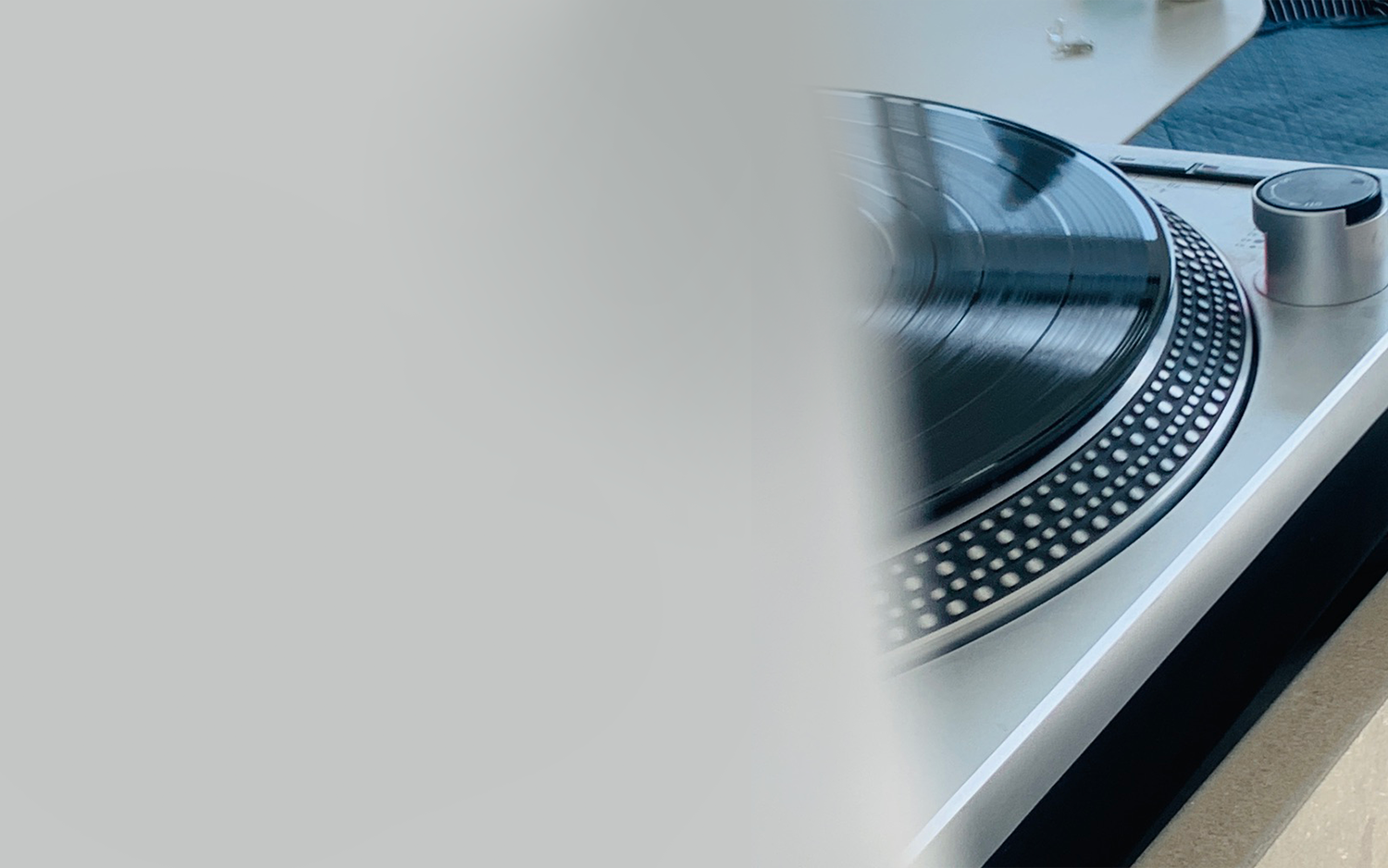Songs of the sands
Vibration Meets Vision
All matter vibrates at its own resonance frequency, so why shouldn’t creative expression have a sonic counterpart? From Gregorian chants and Flamenco to binaural beats, our moods, visuals, and ideas live in sound as much as in sight.
Why Sound Matters Now
The world has gone wireless and headphone-bound. People talk to AI voices, scroll in silence, and binge podcasts like water. Visual branding alone is half a language.
Without a sonic layer, your brand has no texture in the ear, and no way to trigger instant recognition.
From Music to Identity
In my own work, sound isn’t an accessory, it’s part of the thinking. From the stillness of silence to the resonance of 432 Hz tones, from the chaos of street noise to the precision of a piano note, every vibration carries meaning.
That same approach works for brands. It means moving past “make a jingle” into “build a sound identity.”
I’ve seen this first-hand. In Dubai’s dense, cut-throat restaurant scene, I’ve created or helped create fourteen venues, each needing to stand out in a city where concepts rise and fall every season. Visuals get you noticed, but sound keeps people there. From the energy in a playlist that matches the pace of service, to the acoustics that make a space feel alive without being loud, the right soundscape can turn a one-time visit into a ritual. It’s not just ambience, it’s strategy.
I also dabble in a little music-making when time permits, combining sounds is a bit like working with a palette of colours. Mixing is play, but also a form of listening.
And never forget silence, solitude, and stillness. We’ll always need the quiet, not just as a break, but as an end in itself.

The Core Elements of a Sound Identity
1. Tone Palette
The emotional temperature of your sound, warm, cold, sharp, smooth. A bank of tones you can use anywhere, from videos to events.
2. Rhythm Signature
Every brand has a pace. Some are heartbeat steady, others feel like a sprint. Find the tempo that matches your energy.
3. Iconic Cues
Short, repeatable sounds, like a door creak, a three-note rise, a breath, that can live in your app, podcast ads, or retail space.
How to Build Your Sonic Layer
-
Listen before you design.
Spend as much time on your audio as you do on your logo or typography.
-
Design for context.
Test your sound in a busy street, through cheap phone speakers, and in a quiet room.
-
Make it adaptive.
Your sonic elements should work across social, live events, digital platforms, and physical spaces.
-
Guard it.
Document your sonic palette so it’s used consistently, just like your visual guidelines.
Case in Point
Think of Netflix’s “ta-dum” or the Mastercard melody. They’re not random, they’re built, tested, and repeated until they live in culture.
Your brand can do the same, even without a global budget. Start with one strong sonic cue and expand outward into a world of sound.
Closing: Let People Hear You
A visual identity tells people who you are. A sonic identity lets them feel it.
Get the sound right, and you’ll live in memory long after the screen goes dark.
